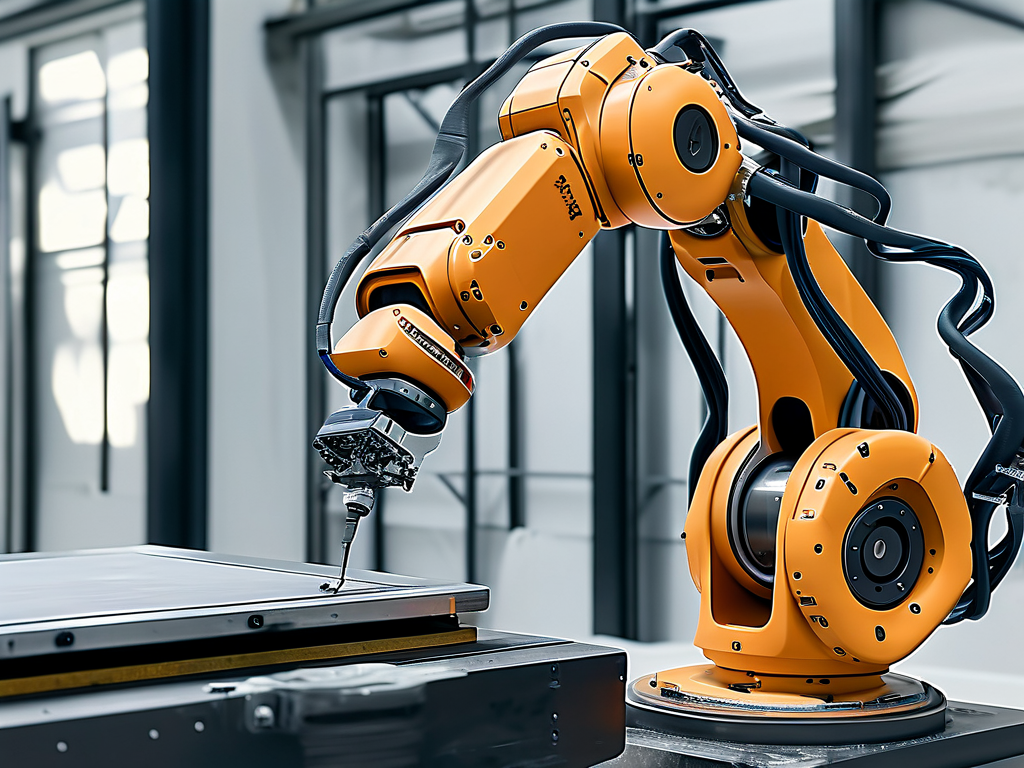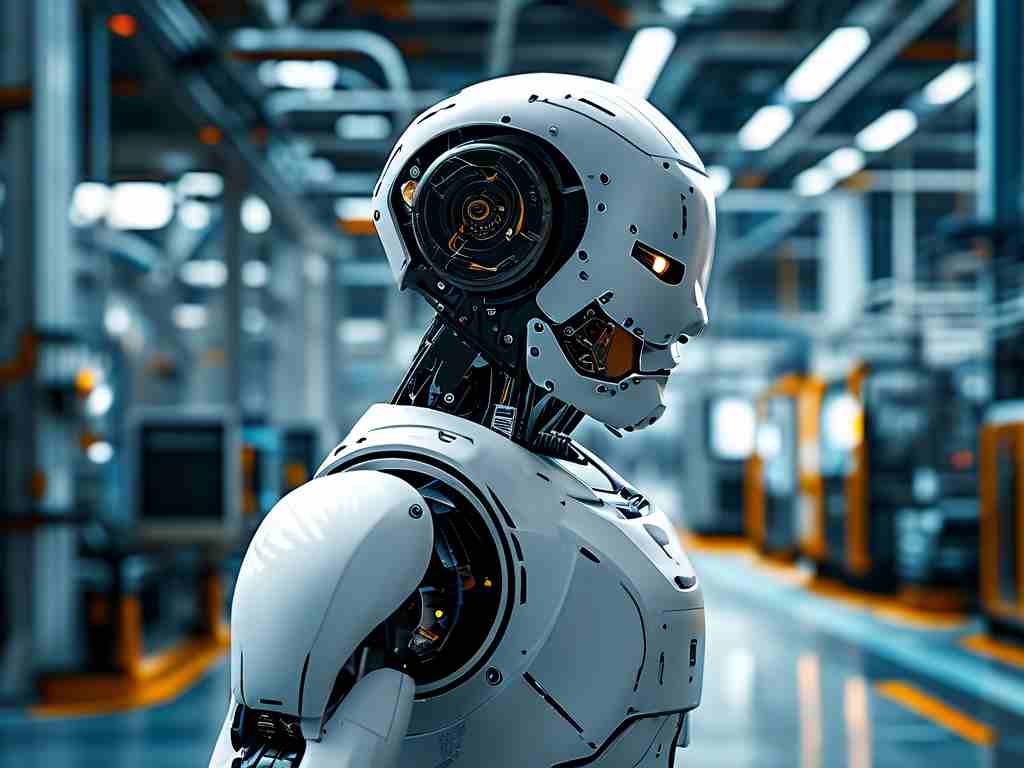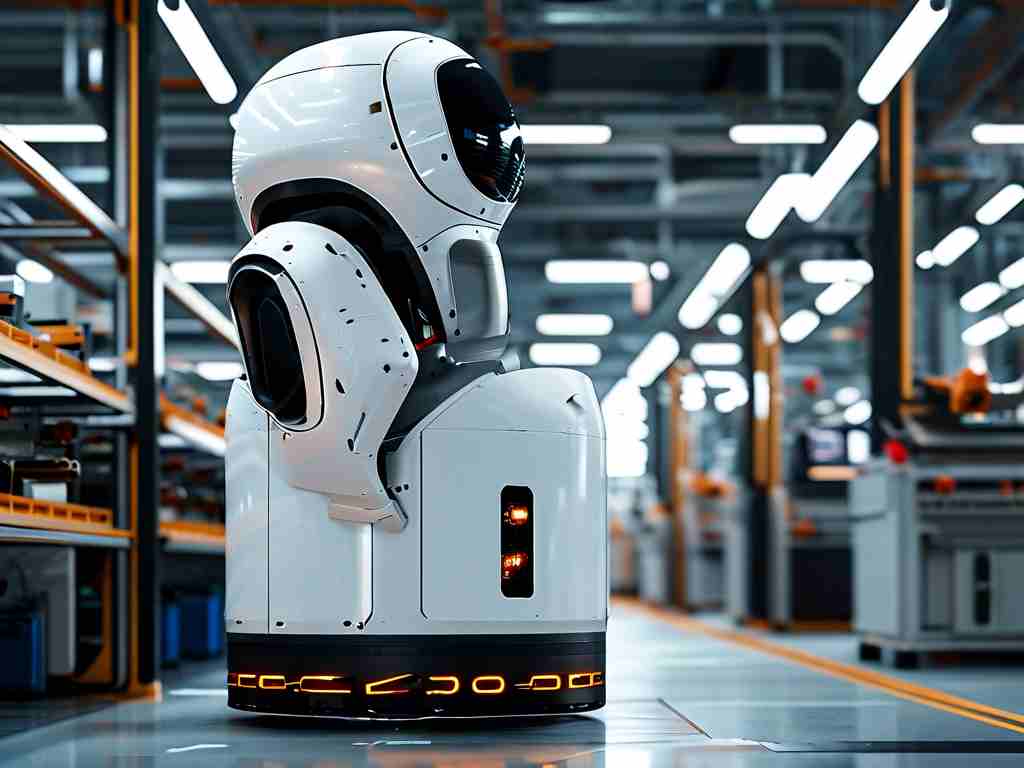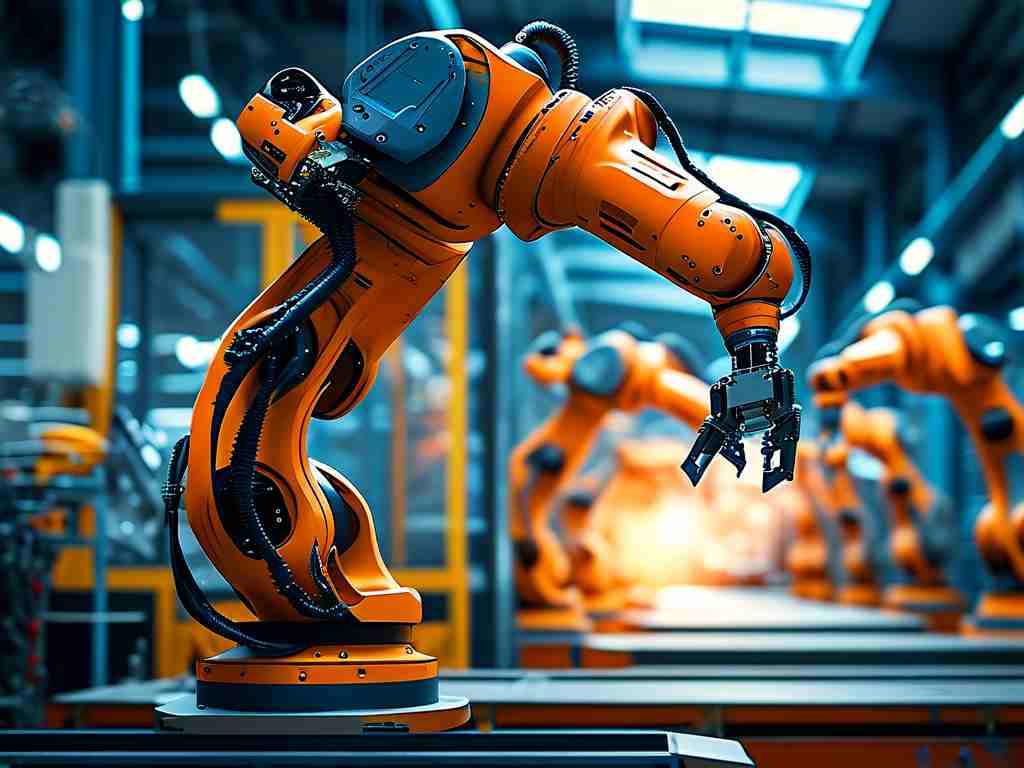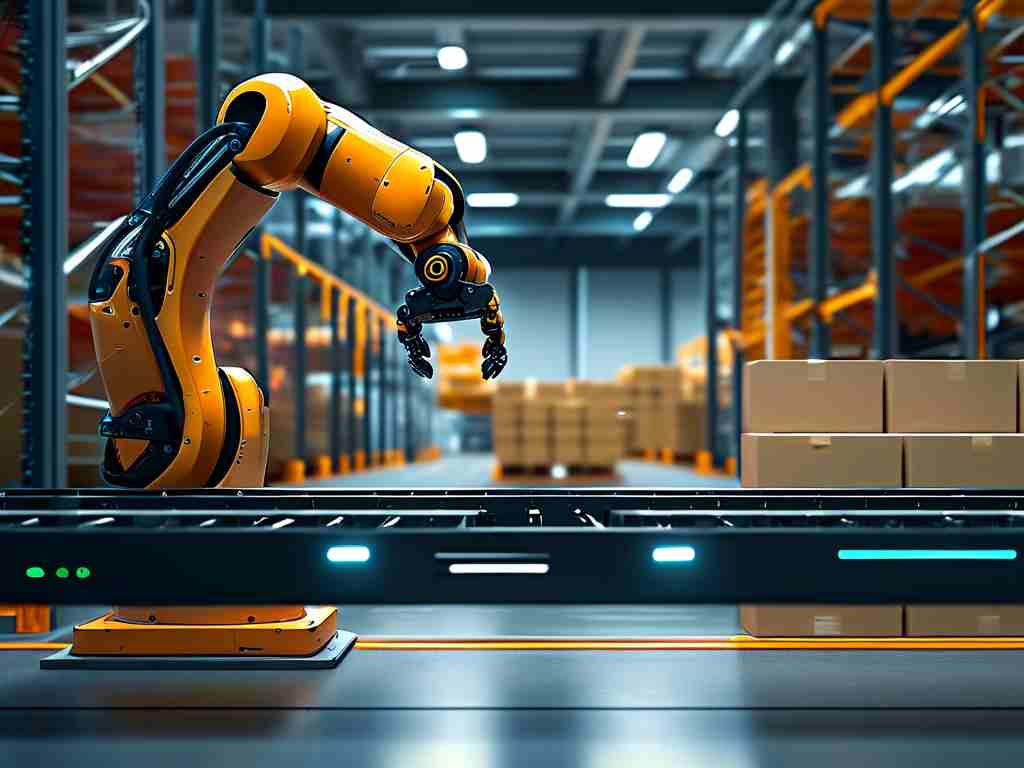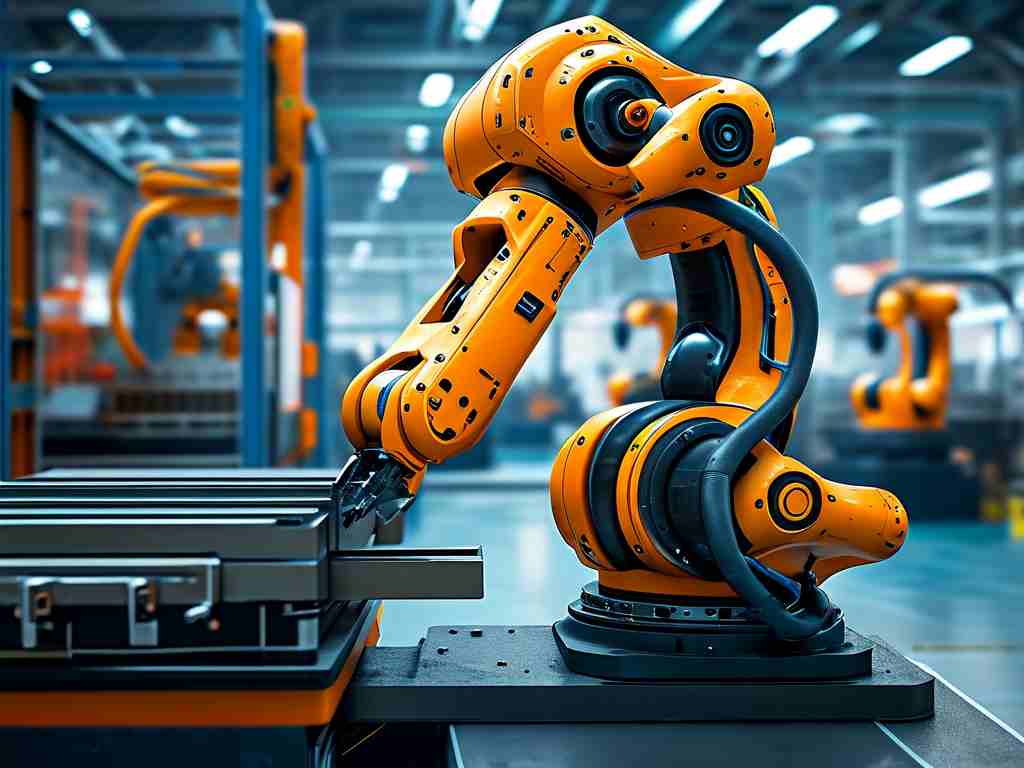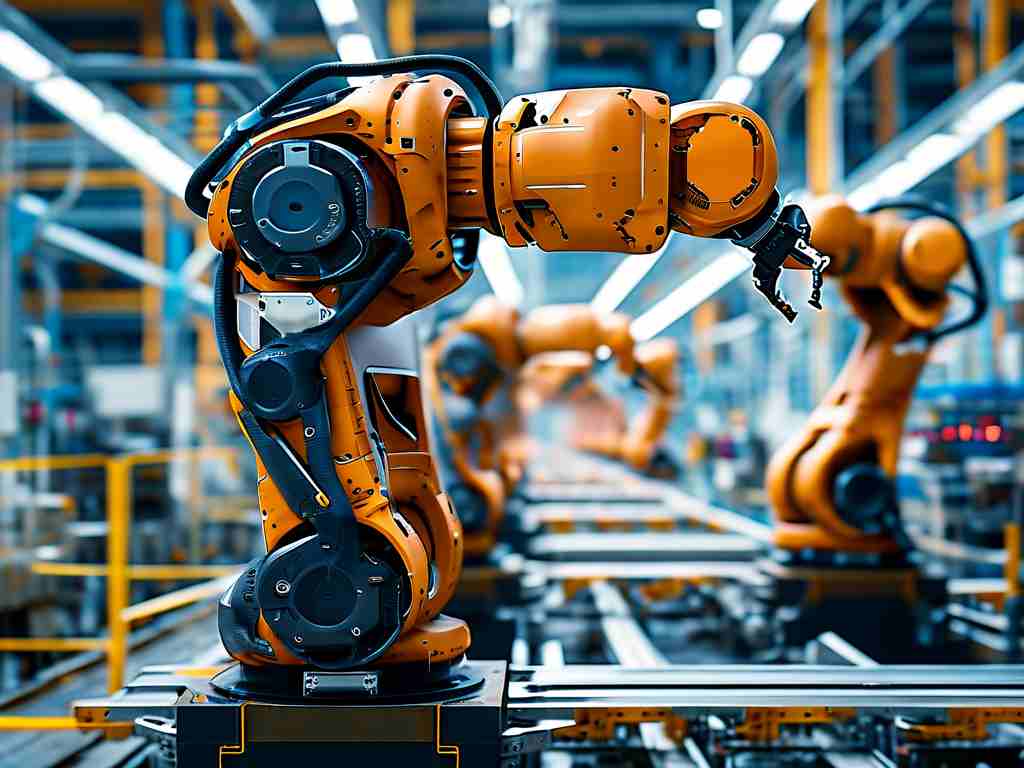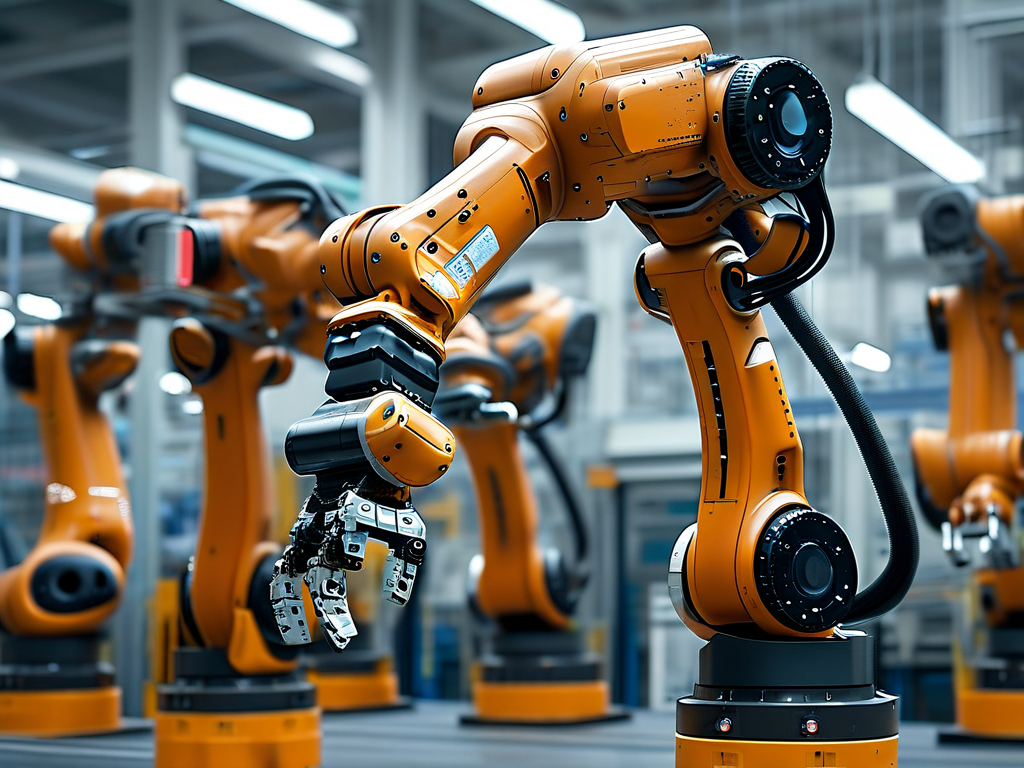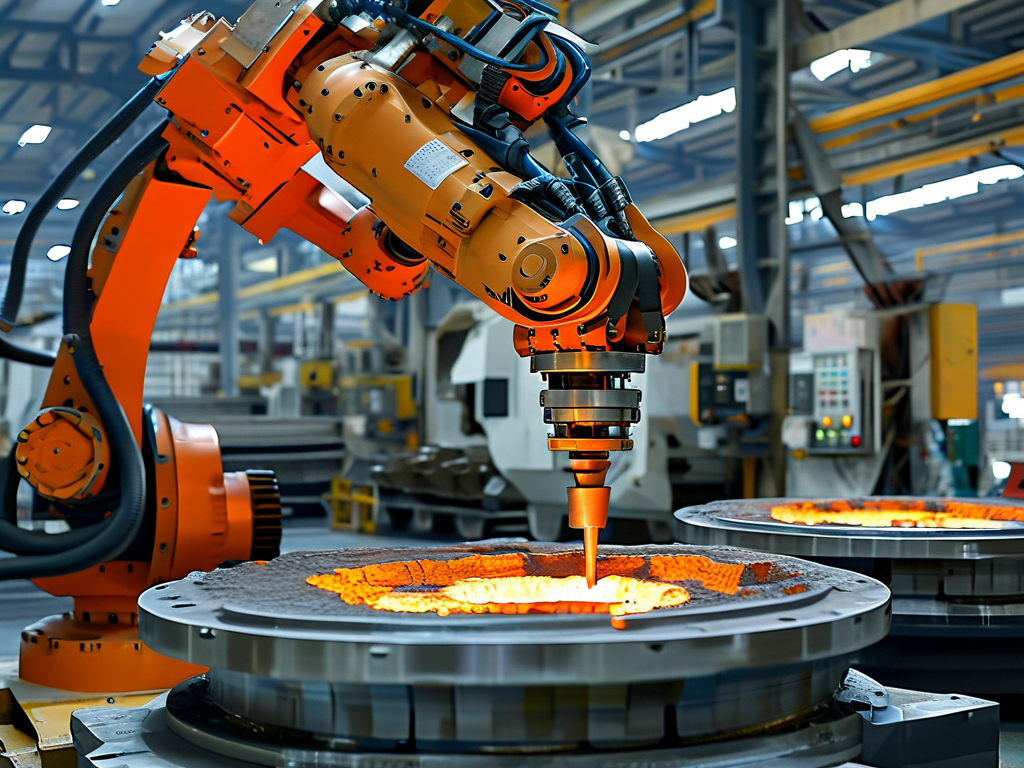In the evolving landscape of industrial automation, KUKA robotics has emerged as a game-changer for artistic and functional engraving applications. Combining advanced motion control with AI-driven path planning, these robotic systems are redefining precision in industries ranging from automotive manufacturing to custom art installations.
Technical Foundations
At the core of KUKA's engraving technology lies its proprietary KR C4 controller, which enables sub-millimeter accuracy across complex 3D surfaces. Unlike traditional CNC machines limited to fixed-axis movements, KUKA's six-axis articulated arms can rotate tools at 360-degree angles, allowing artists and engineers to execute undercut patterns and organic geometries previously deemed unachievable. For instance, a recent collaboration with Bavarian woodcraft artisans demonstrated how KR AGILUS robots carved intricate Celtic knotwork into irregular oak slabs with 0.05mm repeatability.
Material Versatility
What sets KUKA apart in engraving applications is its adaptive material handling. Through integrated force-torque sensors and real-time laser scanning, the robots automatically adjust cutting depth and speed when transitioning between materials. A case study in aerospace manufacturing revealed how KR QUANTEC models switched seamlessly from etching titanium turbine blades to engraving aluminum identification plates without manual recalibration, reducing changeover time by 73%.
Software Integration
The secret sauce lies in KUKA's proprietary software ecosystem. The KUKA.OfficeLite virtual commissioning platform allows designers to simulate entire engraving projects using digital twins, identifying potential collisions or efficiency gaps before physical execution. When paired with third-party CAD plugins like RoboDK, users can convert 2D vector designs into optimized robotic toolpaths within hours rather than days. During the 2023 Munich Fabrication Expo, this workflow was showcased by converting a Renaissance-era floral relief into a stainless steel wall panel with 98% geometric fidelity.
Energy Efficiency
Modern KUKA engraving units incorporate regenerative braking systems that capture kinetic energy during rapid directional changes. Field data from a Swiss watchmaking facility showed KR CYBERTECH models consuming 22% less power than competitors' equivalents while maintaining 18-hour continuous operation cycles. This sustainability edge aligns with growing industry demands for eco-conscious manufacturing.
Challenges and Solutions
Despite these advancements, implementing robotic engraving presents unique hurdles. The non-uniform texture of natural materials like marble often causes tool slippage. KUKA addressed this through machine vision upgrades—the SmartGrip camera module now analyzes surface grain patterns mid-process, dynamically modifying grip pressure and spindle RPM. In a stress test involving veined Carrara marble, error rates dropped from 12% to 0.8% post-implementation.
Future Directions
Emerging developments suggest even greater potential. KUKA's R&D division recently prototyped a hybrid system combining laser ablation with mechanical engraving, enabling simultaneous colorization and texture creation in single-pass operations. Early adopters in architectural signage production report 40% faster turnaround times for multi-material plaques. Moreover, the integration of blockchain-based quality tracking ensures each engraved component carries immutable process data—a boon for industries requiring auditable manufacturing histories.
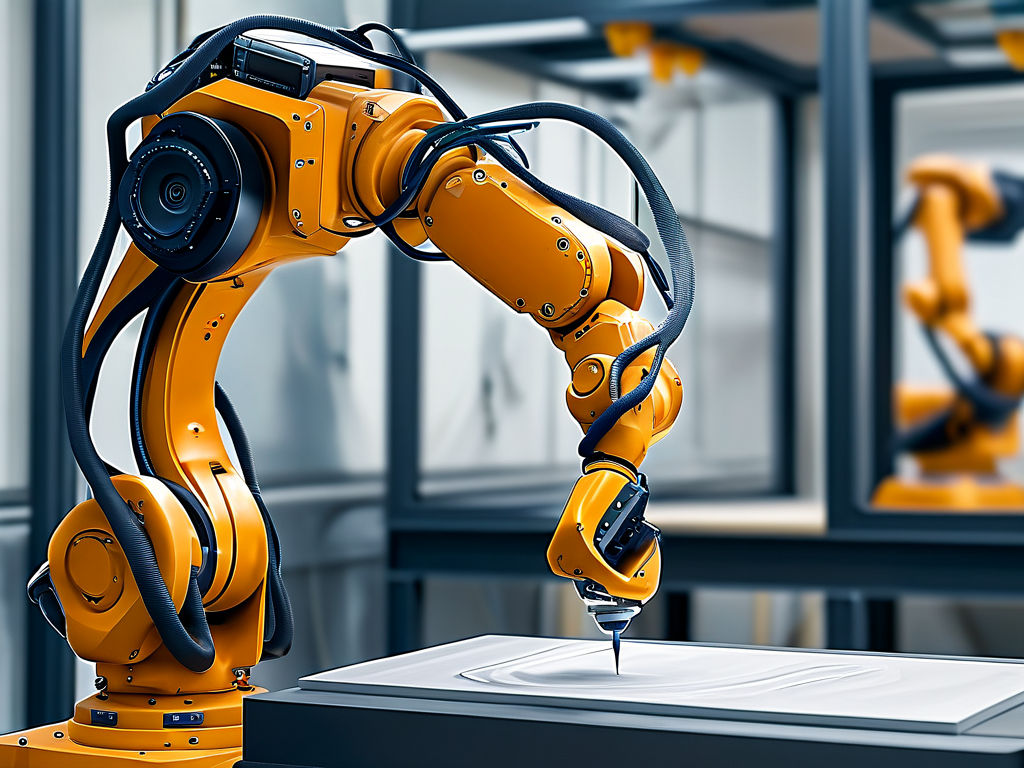
As industries increasingly prioritize customization without sacrificing scale, KUKA's robotic engraving solutions bridge this divide through technical sophistication and operational flexibility. From restoring heritage monuments with millimeter-perfect historical inscriptions to mass-producing personalized medical implants, these systems exemplify how industrial automation can coexist with artistic expression. With ongoing advancements in machine learning and material science, the next frontier likely involves autonomous style adaptation—where robots analyze artistic movements like Art Deco or Brutalism to generate context-aware engravings, further blurring the lines between mechanized production and human creativity.
